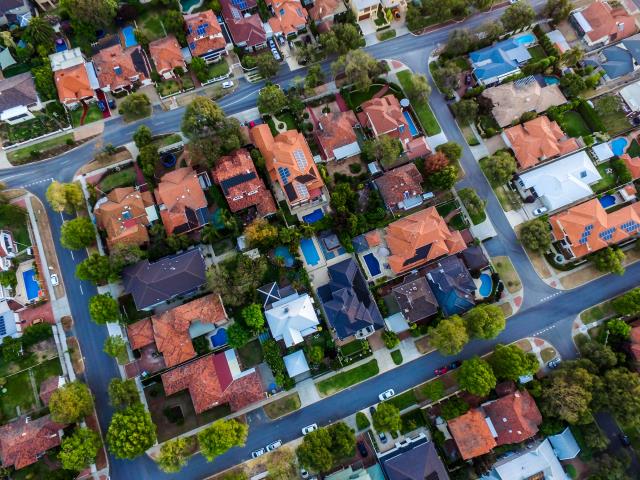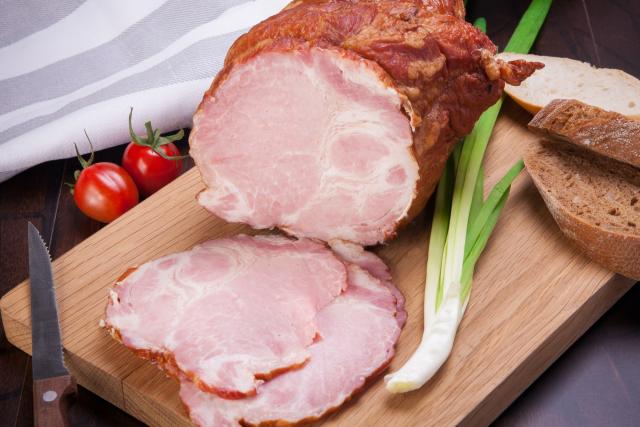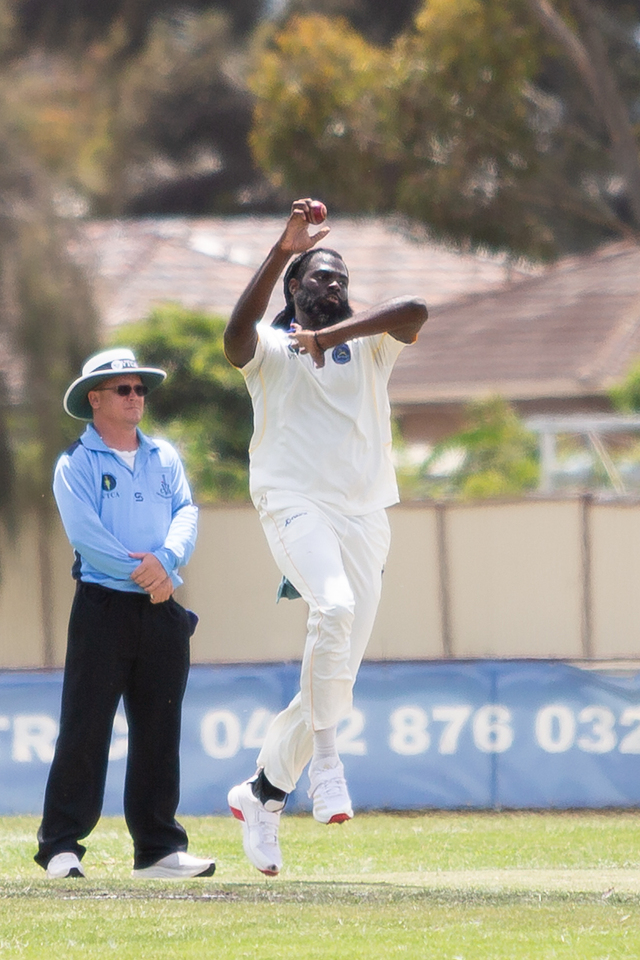Eight thousand Brimbank and Melton households seeking crisis accommodation and private renal assistance were turned away last year, while another 7000 households are on a waiting list, according to the Salvation Army.
Data from Community Housing Industry Association (CHIA) and the University of New South Wales (UNSW) reveals that Melbourne’s west as Victoria’s highest proportion of unmet housing needs, with more than 20,000 households – or 6.9 per cent – deemed inappropriate.
This means people are either experiencing homelessness, living in overcrowded homes or spending over 30 per cent of their income on rent.
In Brimbank and Melton, the figure jumps to 7.2 per cent, or 4800 houses in Brimbank and 4100 houses in Melton.
Salvation Army Vicwest homelessness manager Cheryl McKinley said rising rents and inflation are causing a “very big” increase in people needing housing services in Melton and Brimbank
“We’re seeing a move away from those just on a Centrelink payment that are struggling with their rent … working families are coming through our services for the very first time,” she said.
Ms McKinley said the Salvos are dealing with the increase in an already under-resourced emergency housing sector and wait-times are as long as “a ball of string”.
“There needs to be more affordable housing. There needs to be more social housing that is built,” she said.
CHIA Victoria acting chief executive Jess Pomeroy said the report highlights the urgent need for more social housing in Victoria.
“The inner, west, and south-east parts of Melbourne are among the top 10 areas in Australia with the highest number of households facing unmet need,” she said.
“Victoria has the lowest proportion of social housing in the country. We urgently need governments to provide a clear, long-term funding pipeline for social and affordable housing beyond the Big Housing Build.”
Victoria’s Big Housing Build program is a $5.3 billion investment in social and affordable housing that aims to deliver 12,000 new dwellings including 9,300 new social housing dwellings by 2026.
A government spokesperson said there is a “high demand” for social and affordable housing options across Victoria and Australia.
“We are using all the levers within our control to house as many people as possible as quickly as possible,” they said.







